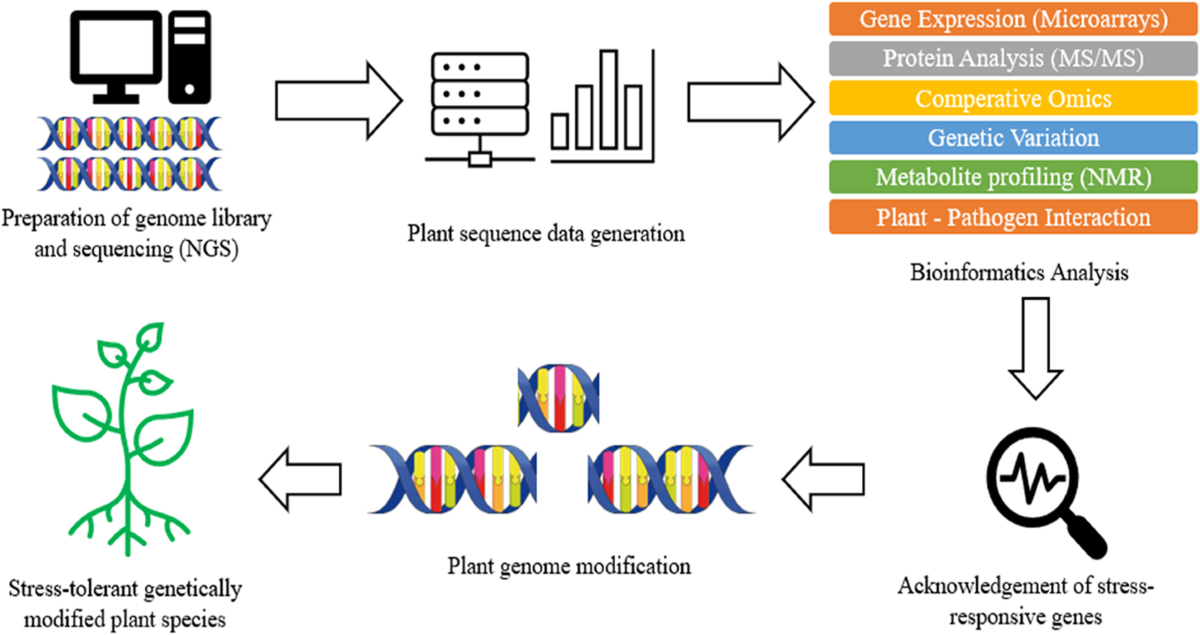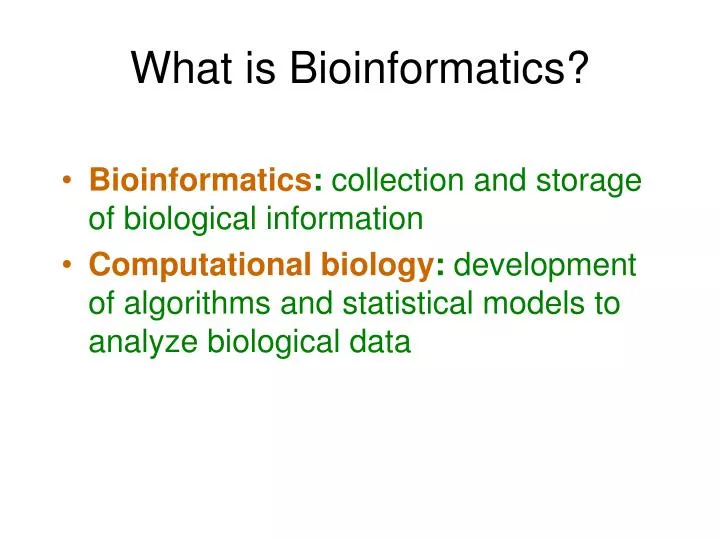The Only Guide for Bioinformatics Tutor
The Only Guide for Bioinformatics Tutor
Blog Article
Excitement About Bioinformatics Tutor
Table of ContentsThe Ultimate Guide To Bioinformatics Tutor8 Simple Techniques For Bioinformatics TutorAn Unbiased View of Bioinformatics TutorIndicators on Bioinformatics Tutor You Should KnowThe Best Strategy To Use For Bioinformatics Tutor
Of the overall participants involved in the training, 80% were trainees from public higher education and learning organizations, while the remaining 20% originated from exclusive establishments. To receive a certificate of engagement, trainees were required to attend a minimum of 90% of the complete training hours. As a result of this requirement, an impressive 95% of the participants effectively obtained their certificates, having not only fulfilled the minimum presence standards however additionally completed all designated activities throughout the training.
Throughout the height of the COVID-19 pandemic, especially between June and August 2020, the job group was charged with arranging specialized training in bioinformatics. This training was particularly focused on pupils from the research study group Center for Research in Applied Computer at the Federal College of Pará (UFRA) The adaptation to remote knowing systems as a result of the pandemic created a chance to discover new training approaches and digital devices that improved both reach and efficiency.
This program was developed to offer an available yet comprehensive introduction of Artificial Intelligence techniques, particularly as applied in bioinformatics (Bioinformatics Tutor). This online format enabled participation from pupils throughout Brazil, numerous of whom might not have had the chance to go to in-person sessions.
The Greatest Guide To Bioinformatics Tutor
A remarkable feature of this program was its emphasis on hands-on learning. About 50% of the complete training hours were devoted to practical activities where trainees built smart versions and applications in a variety of scientific domains, consisting of genetics, molecular biology, and ecological data analysis. Extensively utilized structures and tools such as Spyder, Google Colab, Jupyter Notebooks, and Orange were incorporated into the coursework. These platforms allowed students to take part in real-time data adjustment, version training, and formula experimentation.
The training course brought in 80 individuals in overall. Sixty of them were associated with different greater education and learning establishments in the state of Pará, while the remaining twenty came from institutions located in 5 various other Brazilian states. This broad geographical representation highlighted the nationwide interest in bioinformatics and the growing need for specialized skills around. By introducing Artificial Knowledge in a sensible and pertinent context, the initiative served to bridge the void between concept and real-world application, supplying trainees with a strong structure for future research study or employment in the field.
The training effort developed part of a wider scholastic outreach initiative referred to as the Bioinformatics when driving project. This project has, throughout the years, introduced dozens of trainees to the globe of bioinformatics and computational biology. The occasions held under this umbrella campaign have happened across several areas and years, as summed up in Table 1 (Listing of events, places, years, and complete varieties of pupils and teachers)
Numerous of these teams, at first brought together by their engagement in training events, have since gone on to generate independent scientific research in collaboration with regional academic organizations. The training not only fostered clinical read here reasoning within the context of bioinformatics but also triggered collective connections that expanded past the training setting.
Excitement About Bioinformatics Tutor
The job itself was conceptualized and arranged by MB and RR, that looked after the planning and implementation of each action. Lectures were delivered by a multidisciplinary team containing megabytes, FA, EF, KP, JS, DM, SN, LP, LG, AC, rr, and ih. The very same team, excluding IH and RR, likewise worked as tutors for the practical training modules. Financing for the job was provided via the grant 88887.200562/ 2018-00 from CAPES. The authors expand their gratefulness to everyone who contributed to the understanding of this job, whether straight or indirectly, because its beginning.
The Federal review College of Pará's Office of Study (PROPESP/UFPA) also supplied financial backing, specifically for the production of the final manuscript. The writers proclaim no economic or business conflicts of interest that could have affected the study. All interpretations and point of views shared in this write-up are solely those of the authors and do not necessarily reflect those of their corresponding institutions, the publisher, editors, or reviewers included in the publication process.

The Only Guide for Bioinformatics Tutor
From an instructional perspective, the mentor strategy made use of in the training was purposefully interactive. Classes were conducted in a way that encouraged pupil engagement and discussion, surpassing rote memorization to check out exactly how ideas are created, applied in day-to-day live, and checked in scholastic setups. The training philosophy concentrated on nurturing both strong and struggling pupils, supplying personalized assistance, and building confidence via sustained mentorship and perseverance.

Each group, being composed of about 36 individuals, was supported by 3 advisors-- a lot of whom were postdoctoral scientists with customized experience. These mentors not just assisted develop the team jobs however likewise facilitated their implementation, making certain that each research study question was both pertinent and suitably difficult. The objective was to give a naturally realistic context that individuals could discover with open-ended purposes and access to curated datasets.
For added insights right into the approach and results of this project-based discovering strategy, visitors are routed to S1 Text, that includes thorough why not try here summaries of the pedagogical structure, assessment approaches, and project styles made use of in the training sessions.
7 Easy Facts About Bioinformatics Tutor Explained
Of the total participants included in the training, 80% were pupils from public greater education organizations, while the staying 20% came from exclusive establishments. To certify for a certificate of involvement, pupils were called for to participate in at the very least 90% of the complete training hours. Especially, beyond the trainees that enlisted in the training sessions, 7 seasoned instructors took part in delivering the courses, while three dedicated research teachers worked with the total training process. Around 50% of the overall training hours were devoted to sensible activities where trainees built smart designs and applications in a range of clinical domain names, including genetics, molecular biology, and environmental information evaluation. The training not just cultivated clinical thinking within the context of bioinformatics yet also sparked joint connections that prolonged past the training setting.
Report this page